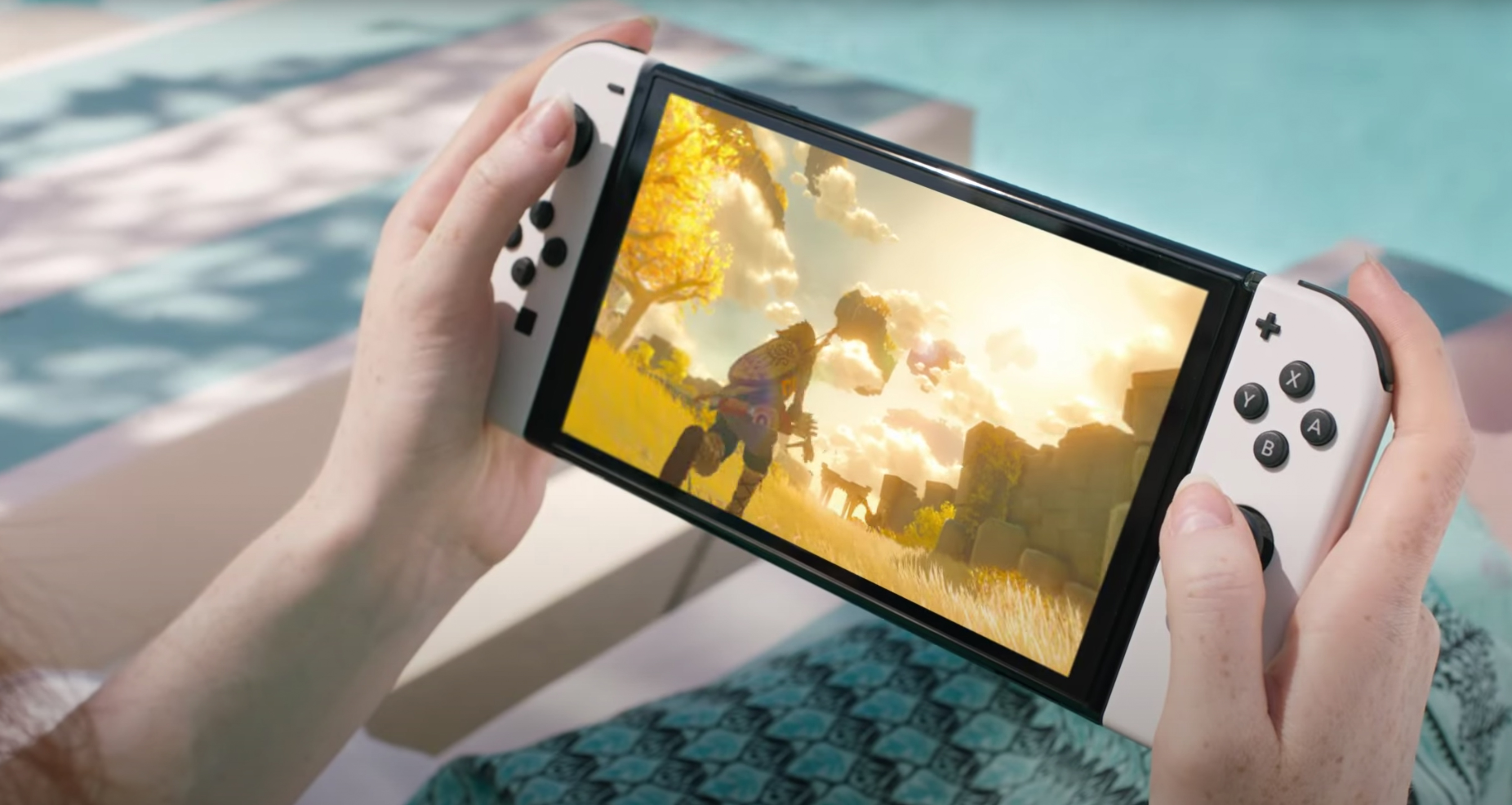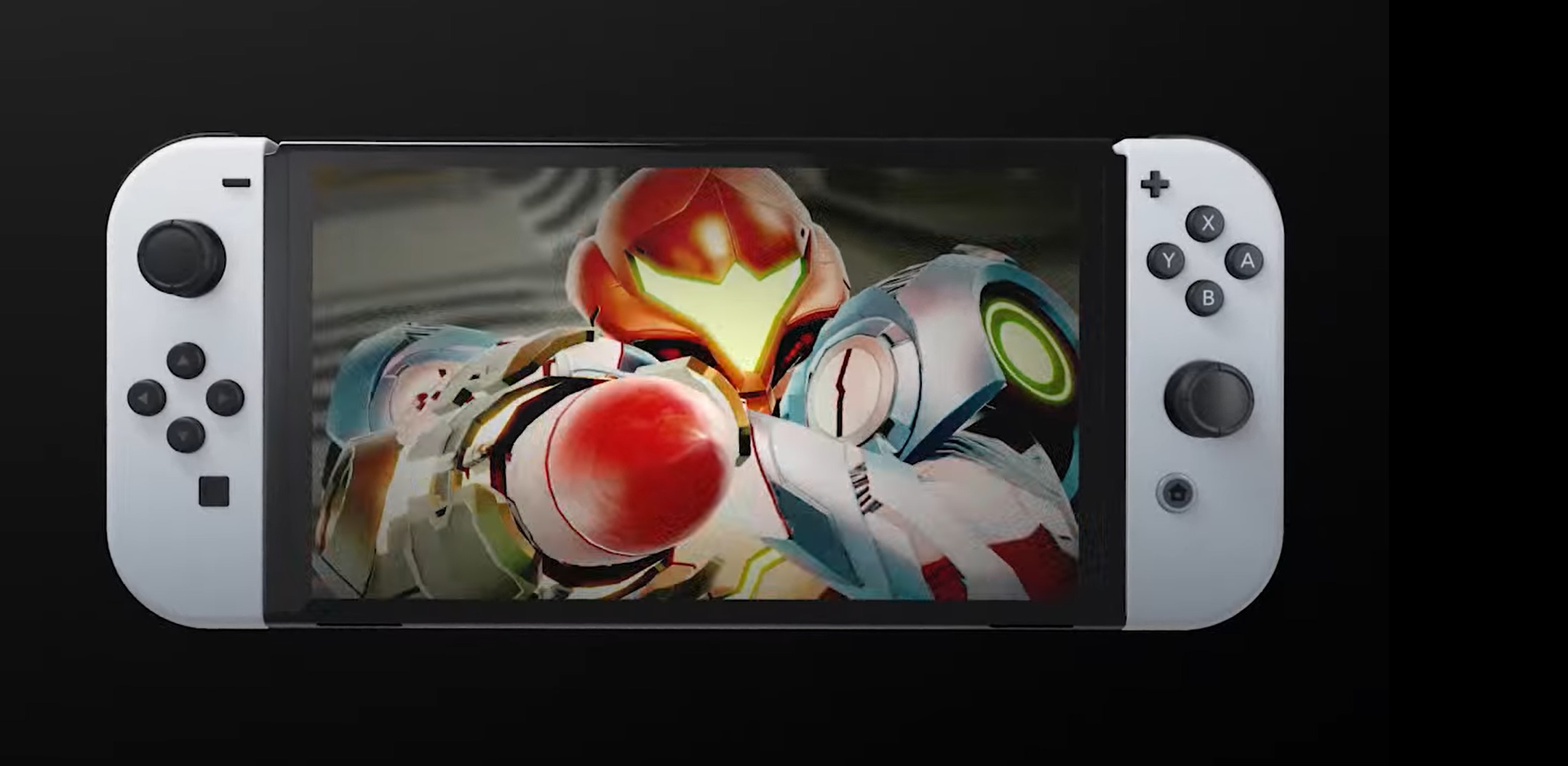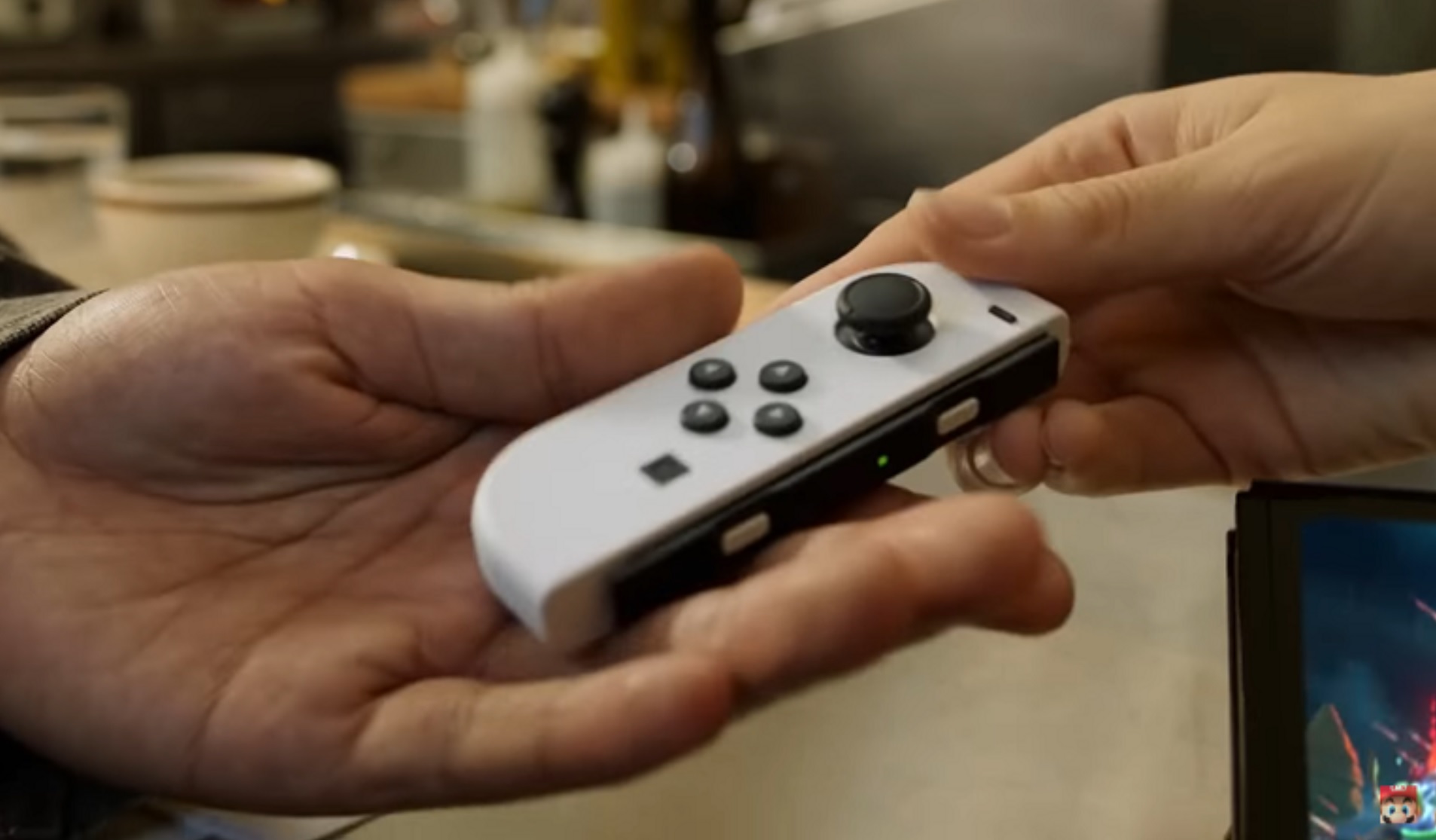I’m skipping Nintendo Switch OLED and waiting for a Switch Pro — here’s why

The Nintendo Switch OLED dropped out of the blue, and it feels like it could be the victim of high expectations (not that it won't sell well). But if my personal reactions are shared with anyone else, I'm pretty sure many existing Switch owners aren't seeing much of a reason to upgrade.
In the months (and years) leading to this announcement, we'd heard about a Nintendo Switch Pro and a Nintendo Switch 2, consoles that would dramatically upgrade Nintendo's super-popular handheld gaming device. 4K rendering and a new faster chip were rumored upgrades that Nintendo was looking to deliver. And then, we got the Switch OLED, a dramatically different system.
- Nintendo Switch OLED vs. Nintendo Switch: What should you buy?
- Where to buy Nintendo Switch OLED: how to pre-order
- How to add friends on Nintendo Switch
- Plus: PS5 hardware could power 80 new PC systems
The Nintendo Switch OLED isn't for the TV

I can think of one, and only one, example of a current Nintendo Switch owner who should consider the Switch OLED. The folks who primarily play it detached and undocked. That includes Switch Lite owners such as my colleague Kate Kozuch, who explained that the Switch OLED is what she's been waiting for.
It's those folks who often detach their Switch who are going to see that probably-nice 7-inch OLED display. I bet it's going to be good, but during the last years I've rarely ever looked at the LCD panel in my Switch, because I primarily use it plugged into my TV. Maybe in about a year or two, once I'm traveling more often, I'd consider picking up the OLED model.

Same goes for that nice new kickstand. I was really happy to see Nintendo stop using the very annoying and difficult-to-open kickstand that the Nintendo Switch has relied upon forever. I spent so much time trying to open that kickstand, prying at it with my nails (and at least one credit card) that I'm still shocked it made it out of quality assurance at Nintendo.
Now, you've got a full-width kickstand that looks a lot like the one that opens up from the back — just like that of the Microsoft Surface Pro 7. But, again, that kickstand does me no good if my Switch is living in its dock.
Other Switch OLED upgrades don't do a whole lot
Then there's the upgrade inside the Switch OLED, that takes its storage from 32GB to 64GB. That's probably great for the people who are still new to the platform and haven't developed a library of games that require the need for an SD memory card.
Get instant access to breaking news, the hottest reviews, great deals and helpful tips.
Nintendo's also noted that the Switch OLED will have improved sound. The details there are hazy at best, as "enhanced audio" is all they've said. Its spec sheet lists stereo speakers. If Nintendo really wanted to improve audio on the Switch, it could have given the Switch OLED some Bluetooth headphone support, which it doesn't have.

Oh, and there's also a dedicated Ethernet/LAN port on the OLED Nintendo Switch's dock. That's great for folks with TVs far from their Wi-Fi routers, but that's not me. Plus, you can add that port with the $28 wired LAN adapter from Hori (which is officially licensed by Nintendo).
I'm not the type to game while I'm watching something on TV, and if I were to do that, I'd rather open the Spectrum app on my iPad and watch the show there, while I play the game on my TV. A 7-inch screen, even if it is OLED and larger than the current 6.2-inch Switch screen, isn't that great for gaming if you ask me. Games have too many menus for that.
Why I'm waiting for a Nintendo Switch Pro
I'm not going to spend $350 on a Switch that doesn't give me much that I will use. Instead, I figure I'll wait for the actual Nintendo Switch Pro, or whatever Nintendo calls the Switch that makes the changes that I can see and feel when the Switch is docked. Primarily, that's a Switch that outputs (upscaling at least) in 4K.

Hopefully, it would be a Switch with a faster processor, too. The Switch is already great as is, but it's already four years old, and started out as being graphically behind the pack.
While the Nintendo Switch runs games like the Tony Hawk Pro Skater 1+2 re-release well now, the console may need to do something to keep the next generation of games running well. The global chip shortage may have been a part of why the Switch OLED isn't as complete an upgrade, as Nintendo may have found some trouble sourcing a new CPU.

There's also another change I want, but one that may not necessarily be tied to a Switch Pro. We love the Nintendo Switch, but it's still undermined by Joy-Con drift, where the analogue joysticks (over time) start to send signals to the Switch that suggest the user is physically moving them even though they're not.
Nintendo never formally acknowledged any actual fault with the controllers, only issuing the statement "We apologize for any inconvenience caused to our customers regarding Joy-Con ... We will do our best to ensure that our customers can use our services and products with peace of mind."
And while we don't know if the Switch OLED will fix Joy-Con drift, we have no reason to believe it will. That's because it has the same Joy-Cons as before, as Polygon confirmed.
I'd bet Nintendo wants to fix this problem, to avoid more class-action lawsuits like the ones already filed, but it's sure taking its sweet time.
How long will I be waiting for a Nintendo Switch Pro?
I'm not the only one who doesn't exactly need the Nintendo Switch OLED. Per Mat Piscatella of the NPD Group market research firm, the Nintendo Switch was was "the best-selling hardware platform in both units and dollars during the month of May" 2021, "as well as 2021 year-to-date." This extends a colossal run of the Switch's popularity, which has been the top-seller for 30 months now.
Since I'm satisfied with the current Switch (at least when compared to the OLED), I can simply wait Nintendo out. Nintendo clearly likes updating the Switch, as the three other models (upgraded battery life, Lite and OLED) prove, so one should come eventually.
It's just as much as retail therapy is fun, it's good to really think twice before buying that shiny new thing — especially when you realize it's not exactly meant for you in particular. Saving that money to spend on games for your Nintendo Switch is a much smarter play.
- Next: Valve Steam Deck vs Nintendo Switch OLED: What should you buy?

Henry was a managing editor at Tom’s Guide covering streaming media, laptops and all things Apple, reviewing devices and services for the past seven years. Prior to joining Tom's Guide, he reviewed software and hardware for TechRadar Pro, and interviewed artists for Patek Philippe International Magazine. He's also covered the wild world of professional wrestling for Cageside Seats, interviewing athletes and other industry veterans.
